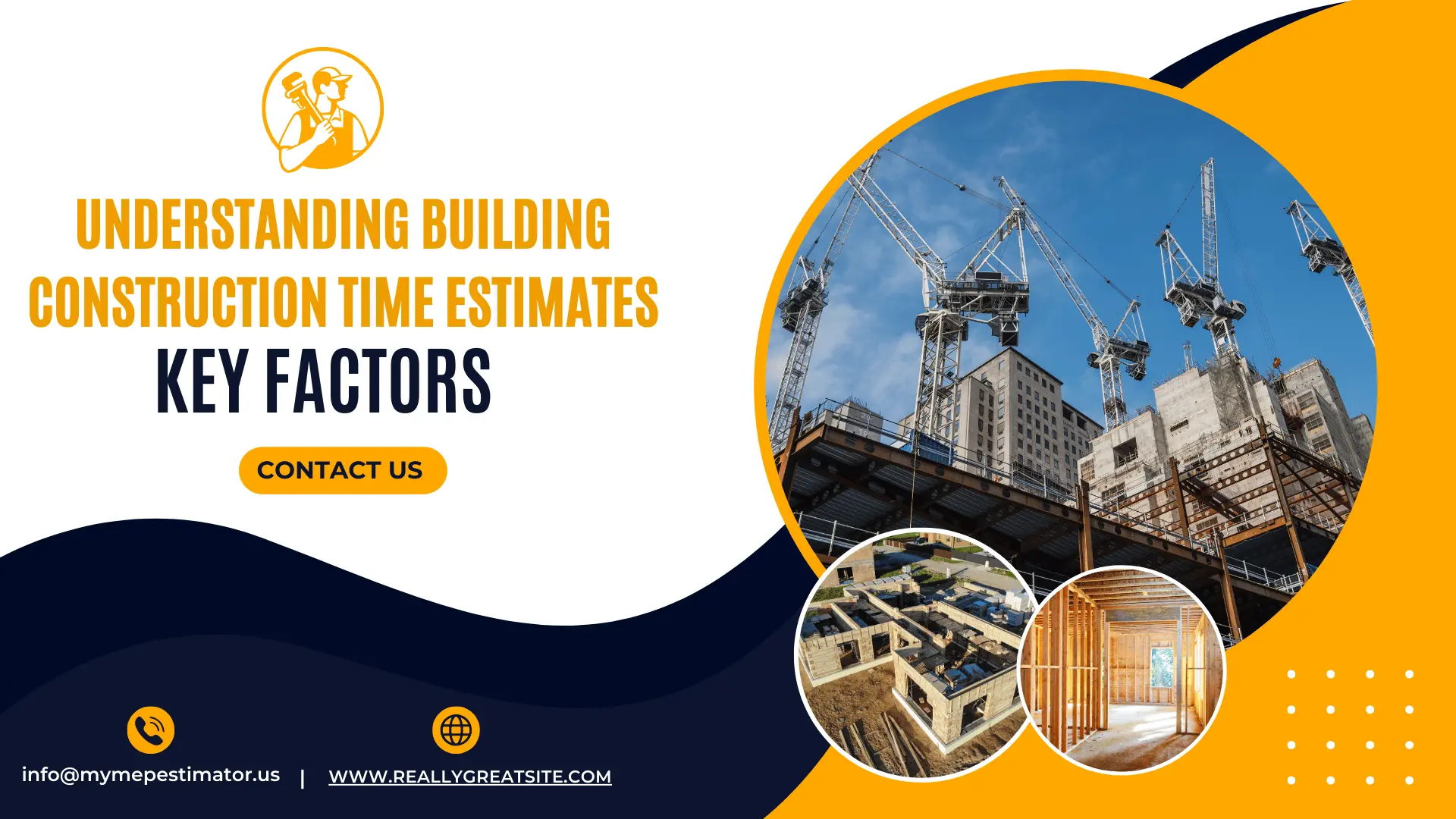What Is Included In Construction Costs?
Construction Cost refers to the overall expenses involved with undertaking any building or remodelling project from start to finish, including site fencing costs and expenses related to completion. The main focus of this guide is to provide substantial information when it comes to construction costs. Construction costs refer to all financial expenses associated with bringing a construction project from conception to completion, from start to finish. Accurate cost estimation is integral to project planning and management. This impacts decisions about design, materials, labor costs and budget considerations. Accurate cost control assessments ensure successful completion of building projects within budget constraints.Most individuals consider construction expenses or “hard costs” when considering a building project. Construction expenses refer to all expenses incurred by contractors as part of their services and any materials acquired during their projects.These fees could include:Contractor’s Fees, Subcontractor Fees, and Wages for exterior shell, interior construction, and finish. Plumbing, electrical, mechanical, and telecommunication systems will all need to be included as components to be fully operational.Site Work
When projects require minimal site preparation, for instance, those located near utilities and infrastructure. An architect may include them in their estimate of construction expenses.Site work costs may differ significantly between sites, and as such, they are often excluded from building expenditures while being labelled part of construction costs. On more complex projects, the architect may add or delete a separate line item for site work. This may be especially relevant when dealing with rural locations requiring access to roads, sewage systems, and the electric grid.Contingencies
Contingencies should always be factored into building expenses. Any construction venture entails some degree of uncertainty, and these provisions provide a buffer from possible missteps or unexpected costs.On most projects, contingencies tend to increase during early design phases but decrease as more precise plans emerge. Once construction starts, contingencies typically account for 3-5% of building costs, but this figure varies depending on the complexity of each project; renovation projects frequently have larger contingency requirements due to their unpredictable nature.What Are Project Costs (sometimes Known as Soft Costs)?
Project costs or soft costs refer to expenses incurred outside the actual construction of a structure, such as finance costs, permitting fees, professional services fees and furnishing costs.Construction Project Cost Breakdown:
Typical costs included in a construction project are- Professional services expenses
- Legal expenses
- Real estate and land purchase costs.
- Building permit review costs.
- Geotechnical and survey expenses.
- Furniture Fixtures & Equipment (FF&E).
- Interior Artwork & Accessories.
- Printing (building paperwork and specification books).
- Third-party expenses related to specific material testing for specific purposes (i.e., specific material testing or removal).
- Moving fees Builders’Builders’ Risk Insurance
- Owner-provided technology, security, and communications.
- Interior fees associated with staff or procedures related to building projects.
- Advertisement space.
- Construction cameras or documentation services.
- Utility and Meter Fee
Why Do Project Costs Differ?
Project costs will depend heavily upon the scope and requirements of a particular project. As previously noted, those requiring land acquisition or extensive site work will likely experience greater expenses. In contrast, projects that require specialist consultants beyond MEP/STR engineers may incur greater expenditure.Furniture and fixtures expenses also affect project costs. While most projects only need to budget 1-2% of the total building cost for FF&E expenditures, hospitals typically need expensive medical equipment, which significantly increases FF&E expenditures. Here, FF&E stands for Furniture, Fixtures, and Equipment.Construction Cost Estimation Is Vital To Success
 Understanding building expenses cannot be overemphasized for developers and investors. Precise cost forecasts are essential in establishing project viability and anticipated returns on investment; underestimating expenses could result in budget overruns or financial strain during construction, while overestimation could make an otherwise viable project appear unviable, discouraging potential investors prematurely.Assessing construction expenses helps contractors and construction teams more accurately plan projects, allocate resources, acquire supplies and labour, and increase competitiveness. Which could increase their chances of winning contracts. Architects and designers play a vital role in controlling building expenses. Their design choices significantly influence the final cost of any project they undertake.
Understanding building expenses cannot be overemphasized for developers and investors. Precise cost forecasts are essential in establishing project viability and anticipated returns on investment; underestimating expenses could result in budget overruns or financial strain during construction, while overestimation could make an otherwise viable project appear unviable, discouraging potential investors prematurely.Assessing construction expenses helps contractors and construction teams more accurately plan projects, allocate resources, acquire supplies and labour, and increase competitiveness. Which could increase their chances of winning contracts. Architects and designers play a vital role in controlling building expenses. Their design choices significantly influence the final cost of any project they undertake.Capital Cost
A project’s capital costs encompass all expenditures during its creation, including land acquisition and site preparation fees, supplies, labor costs, equipment acquisition, and related fees incurred during production. An accurate capital cost estimation and control strategy are key to its success and profitability. This is the main construction cost category.Components of Capital Costs
- Land Acquisition
- Site Prep
- Materials
- Labor
- Equipment
- Permits
- Design
- Engineering
- Overhead Costs
- Contingencies
Building Operating Costs
Utilities
Expenses include electricity, water, and other essential services necessary to run a facility. Energy costs also cover lighting, heating, cooling, and powering various equipment.Taxes and Insurance for Property.
Local governments assess property taxes based on its assessed value, which then goes toward funding public services and infrastructure maintenance across their region.Operating Costs in Business
Employee Salary and Benefits
Employee pay and benefits account for a substantial portion of corporate operating expenditures. This expense covers wages for all employees, from entry-level to management, as well as bonuses, incentives, and overtime pay. Additional costs such as health insurance programs, retirement programs, and paid time off all add to this expenditure.Office Supplies & Equipment
Office supplies and equipment expenditures include all expenses related to providing the materials and tools necessary for conducting daily company activities, such as stationery, computers, printers, furniture, software licensing fees and any other items needed for a smooth-running office environment.Marketing and Advertising Costs
Marketing and advertising expenditures represent expenses incurred in marketing the company and its products or services, such as advertisements, digital marketing strategies, social media management services, public relations support services and branding activities. Prices vary based on which marketing methods are chosen and the size of promotional activity undertaken.Building Construction Costs Breakdown:
- Abnormal costs
- Base costs
- Cost in use
- Defined costs
- Direct costs
- Disallowed costs
- Environmental costs
- Outturn costs
- Prime costs
- Project cost
- Provision costs
- Real costs
- Replacement costs
- Relevant costs
- Renewal costs
- Sunk costs
- Target costs
- Tender costs
- Total costs






